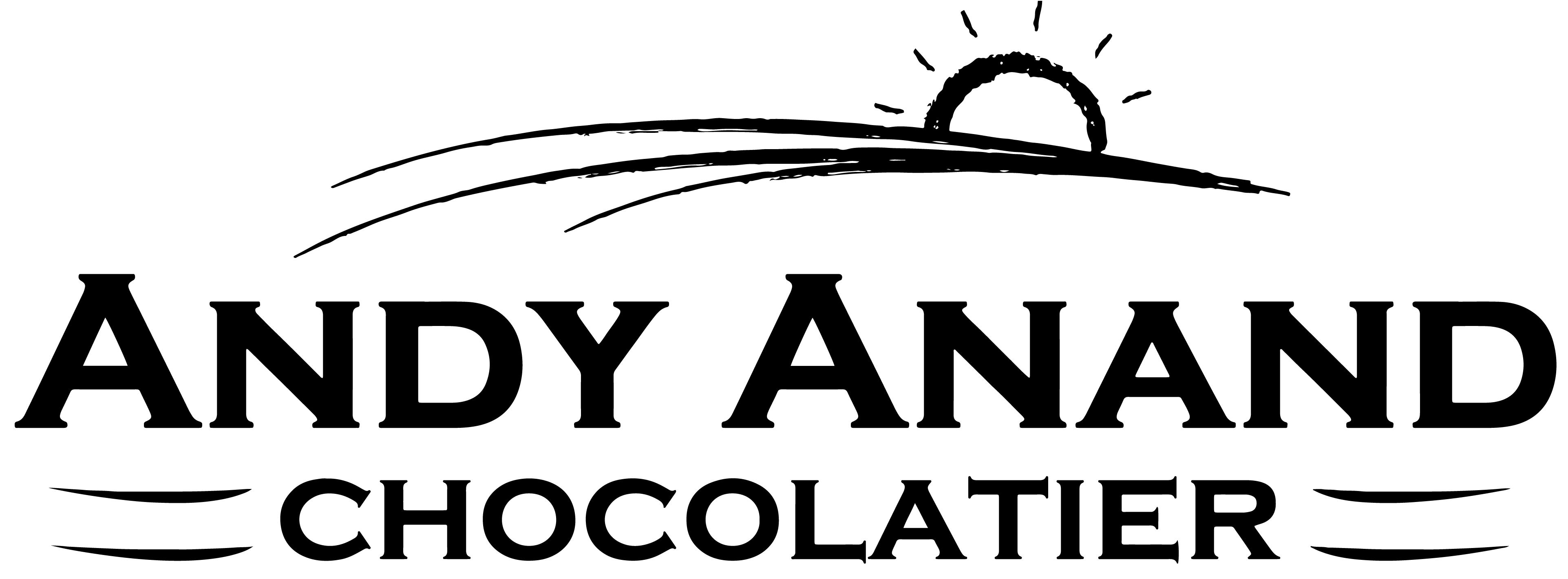The History behind Chocolate
For a food that seems so familiar, most of us know surprisingly little about the real origins and history of Real Chocolate. I counted myself in this group until very recently when I picked up a copy of a book titled ‘The True History of Chocolate”, Published in 1996, it’s 268 pages of meticulously researched, fascinating facts and “speculation” about the origin and development of the food we call chocolate.
I wonder how many of us would even recognize a cacao pod if one happened to fall on our head? Of course, such an event is highly unlikely unless one happens to be in a very small number of places in certain regions of the world. The cacao tree simply refuses to grow outside of a very narrow range of latitudes and weather conditions. Another crucial factor in the successful cultivation of the tree is making sure that the right insects are around to pollinate the flowers, a fact that wasn’t known when some early attempts were made to transplant the trees.
As I mention, if you hold a cacao pod in one hand and a piece of chocolate in any form in the other, you would never suspect that the one was made from the other. In fact, for nine-tenths of its long history, chocolate was drunk, not eaten. Consumption of solid chocolate by the masses is a relatively recent development. So how did chocolate get from the forests of Central America, where it began as drink for the royal courts of the Maya in the Yucatan Peninsula, to your pantry in the form of a Hershey Bar?
Seems like a long trip, doesn’t it? Furthermore, why is chocolate thought of a product of Switzerland? How did the Swiss manage to dominate the chocolate world? Can you think of two more different environments than the jungles of the Yucatan and the Swiss Alps?
The story is more fascinating than you can imagine and involves Columbus, the Conquistadors, the fall of the Aztec Empire, the French Revolution and the Industrial Revolution, and finally, Milton Snavely Hershey.
When first introduced to Europe Real Chocolate was only for the nobles, who endlessly debated it nutritional and medicinal properties. In fact, because of the dominance of the Catholic Church, long debates were held as to whether chocolate was a food and whether, as such, eating it broke the fasting rules in place at the time.
The generally accepted first meeting between Europeans and the cacao bean took place in 1502 when Columbus anchored off the island of Guanaja, north of mainland Honduras. It was his fourth voyage, and he unfortunately died without ever tasting chocolate.
What followed was the Spanish conquest of Central America and the eventual return of cacao to Europe where it did not actually receive rave reviews. But the story is long one, and to get all the details, pick up a copy of the book. It’s a wonderful story, a great history lesson, and may leave you with the desire tosample not just Hershey Bars, but some of the other more Real Chocolate products that are available these days.



